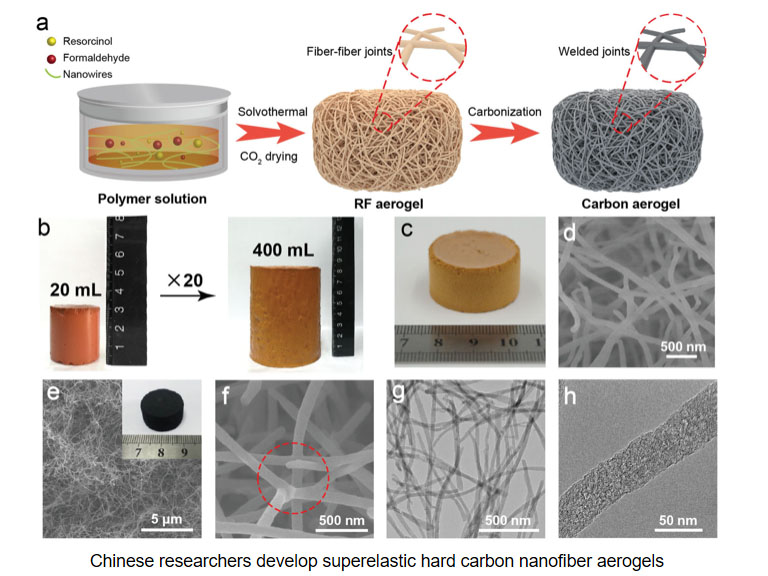
-
 Afrikaans
Afrikaans -
 Albanian
Albanian -
 Amharic
Amharic -
 Arabic
Arabic -
 Armenian
Armenian -
 Azerbaijani
Azerbaijani -
 Basque
Basque -
 Belarusian
Belarusian -
 Bengali
Bengali -
 Bosnian
Bosnian -
 Bulgarian
Bulgarian -
 Catalan
Catalan -
 Cebuano
Cebuano -
 China
China -
 China (Taiwan)
China (Taiwan) -
 Corsican
Corsican -
 Croatian
Croatian -
 Czech
Czech -
 Danish
Danish -
 Dutch
Dutch -
 English
English -
 Esperanto
Esperanto -
 Estonian
Estonian -
 Finnish
Finnish -
 French
French -
 Frisian
Frisian -
 Galician
Galician -
 Georgian
Georgian -
 German
German -
 Greek
Greek -
 Gujarati
Gujarati -
 Haitian Creole
Haitian Creole -
 hausa
hausa -
 hawaiian
hawaiian -
 Hebrew
Hebrew -
 Hindi
Hindi -
 Miao
Miao -
 Hungarian
Hungarian -
 Icelandic
Icelandic -
 igbo
igbo -
 Indonesian
Indonesian -
 irish
irish -
 Italian
Italian -
 Japanese
Japanese -
 Javanese
Javanese -
 Kannada
Kannada -
 kazakh
kazakh -
 Khmer
Khmer -
 Rwandese
Rwandese -
 Korean
Korean -
 Kurdish
Kurdish -
 Kyrgyz
Kyrgyz -
 Lao
Lao -
 Latin
Latin -
 Latvian
Latvian -
 Lithuanian
Lithuanian -
 Luxembourgish
Luxembourgish -
 Macedonian
Macedonian -
 Malgashi
Malgashi -
 Malay
Malay -
 Malayalam
Malayalam -
 Maltese
Maltese -
 Maori
Maori -
 Marathi
Marathi -
 Mongolian
Mongolian -
 Myanmar
Myanmar -
 Nepali
Nepali -
 Norwegian
Norwegian -
 Norwegian
Norwegian -
 Occitan
Occitan -
 Pashto
Pashto -
 Persian
Persian -
 Polish
Polish -
 Portuguese
Portuguese -
 Punjabi
Punjabi -
 Romanian
Romanian -
 Russian
Russian -
 Samoan
Samoan -
 Scottish Gaelic
Scottish Gaelic -
 Serbian
Serbian -
 Sesotho
Sesotho -
 Shona
Shona -
 Sindhi
Sindhi -
 Sinhala
Sinhala -
 Slovak
Slovak -
 Slovenian
Slovenian -
 Somali
Somali -
 Spanish
Spanish -
 Sundanese
Sundanese -
 Swahili
Swahili -
 Swedish
Swedish -
 Tagalog
Tagalog -
 Tajik
Tajik -
 Tamil
Tamil -
 Tatar
Tatar -
 Telugu
Telugu -
 Thai
Thai -
 Turkish
Turkish -
 Turkmen
Turkmen -
 Ukrainian
Ukrainian -
 Urdu
Urdu -
 Uighur
Uighur -
 Uzbek
Uzbek -
 Vietnamese
Vietnamese -
 Welsh
Welsh -
 Bantu
Bantu -
 Yiddish
Yiddish -
 Yoruba
Yoruba -
 Zulu
Zulu
Alternative Solutions for Fiberglass Stack Liner Options and Materials
Alternatives to Fiberglass Stack Liners A Comprehensive Overview
Fiberglass stack liners have been popular in various industrial applications due to their lightweight nature, excellent durability, and resistance to harsh environmental conditions. However, as industries evolve and strive for more sustainable and cost-effective solutions, the search for alternatives to fiberglass stack liners has intensified. This article explores several viable alternatives, their characteristics, benefits, and potential applications.
1. Stainless Steel Stack Liners
One of the most common alternatives to fiberglass stack liners is stainless steel. Known for its exceptional strength and corrosion resistance, stainless steel is capable of withstanding extreme temperatures and aggressive chemicals. Its longevity surpasses that of fiberglass, making it a preferable option for many industries, including chemical processing and waste management. Additionally, stainless steel does not degrade or leach harmful substances into the environment, aligning with today's sustainability goals.
However, the initial setup costs for stainless steel liners can be higher than fiberglass options. Maintenance is generally lower, but any repairs required can be more costly due to the material's toughness. Nevertheless, the return on investment can be substantial in high-demand environments.
2. Polypropylene Stack Liners
Polypropylene is another alternative that is gaining traction in various applications. This thermoplastic polymer is lightweight, resistant to chemical corrosion, and has a relatively high melting point. Polypropylene stack liners are particularly suited for industries dealing with acidic or basic substances, where fiberglass might degrade over time.
In addition to its chemical resistance, polypropylene offers good insulative properties, which can help maintain the temperature of the transported materials. However, it is important to note that polypropylene has limitations in high-temperature applications compared to fiberglass or stainless steel and may require additional support structures in some uses.
3. Ceramic Stack Liners
Ceramic liners are an innovative option that provides excellent thermal and chemical resistance. They can withstand extremely high temperatures and are often used in applications involving combustion gases. Ceramic materials can also be engineered to provide superior abrasion resistance, making them ideal for environments with particulate matter.
fiberglass stack liner alternative

However, the brittleness of ceramics might be a concern in some applications. They can crack under thermal shock or mechanical stress, making them less suitable for dynamic environments. Additionally, the installation process for ceramic liners often requires specialized skills, potentially increasing labor costs.
4. Composite Stack Liners
Composite materials, which combine various elements to enhance performance, represent a growing trend in stack liner technology. These materials can be customized to offer tailored mechanical properties and chemical resistance, depending on the specific requirements of the application. Composite liners often integrate both strength and flexibility, making them a versatile choice for many industries.
The primary advantage of composite stack liners lies in their ability to withstand a range of environmental factors while remaining lightweight. However, like fiberglass, the long-term durability of composites can be affected by ultraviolet light exposure, which may necessitate protective coatings.
5. Reinforced Thermoplastics
Reinforced thermoplastics are another promising alternative to fiberglass stack liners. These materials combine the beneficial properties of traditional thermoplastics with reinforcements that improve strength and durability. Reinforced thermoplastics can be designed to meet specific performance requirements and exhibit excellent resistance to chemicals and heat.
The key benefit of using reinforced thermoplastics is their manufacturing process, which allows for intricate shapes and designs, optimizing space and material usage. However, attention must be paid to temperature constraints, as certain configurations may not perform well under extreme conditions.
Conclusion
As industries continue to innovate and adapt to changing environmental standards and economic pressures, alternatives to fiberglass stack liners are becoming increasingly relevant. Stainless steel, polypropylene, ceramics, composites, and reinforced thermoplastics each offer unique advantages that can cater to specific needs across a range of applications. When selecting the appropriate material, it is essential to consider factors such as chemical resistance, temperature tolerance, maintenance requirements, and overall lifecycle costs. By making informed choices, industries can enhance their efficiency, ensure safety, and contribute to sustainable practices.









